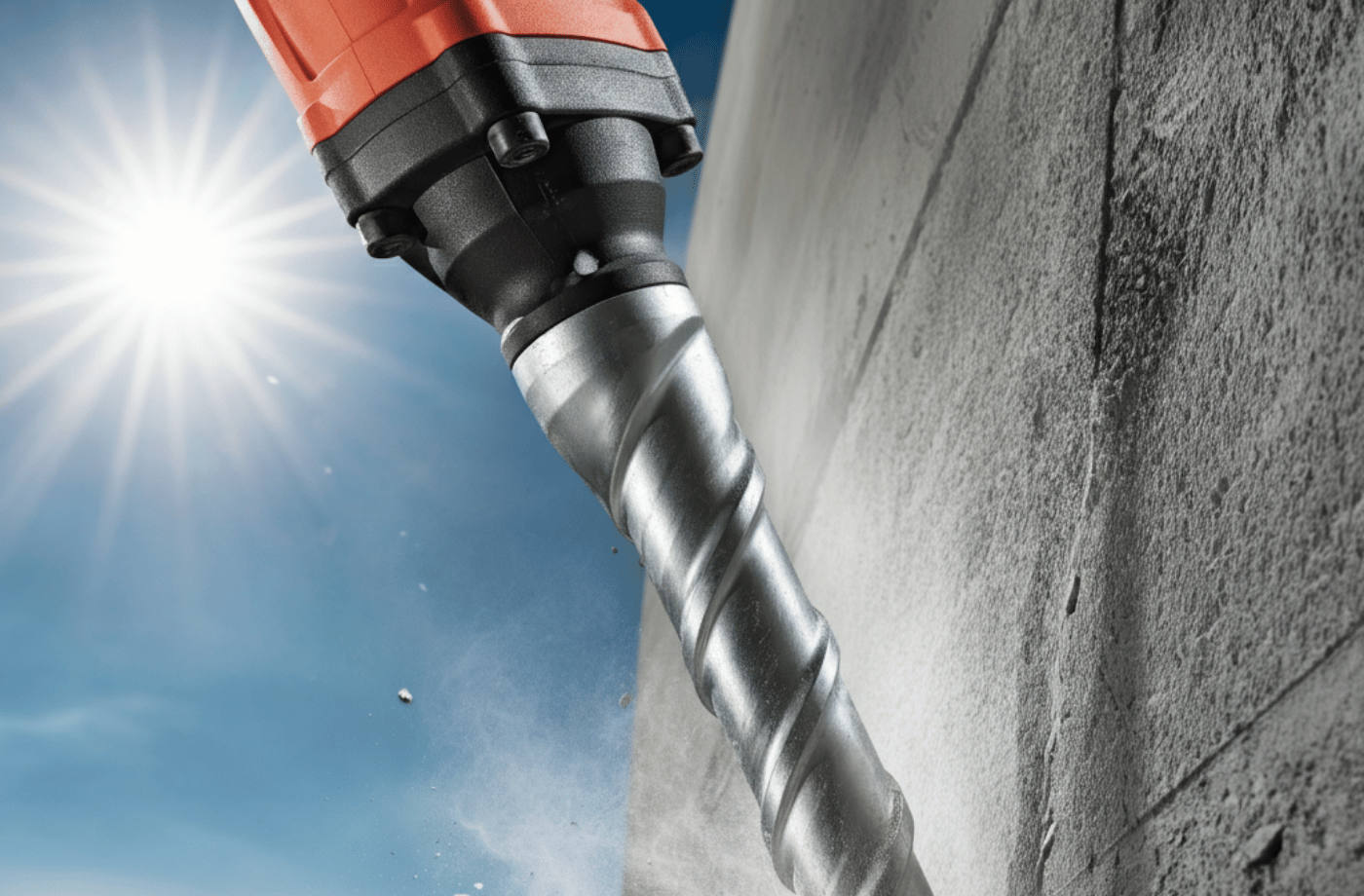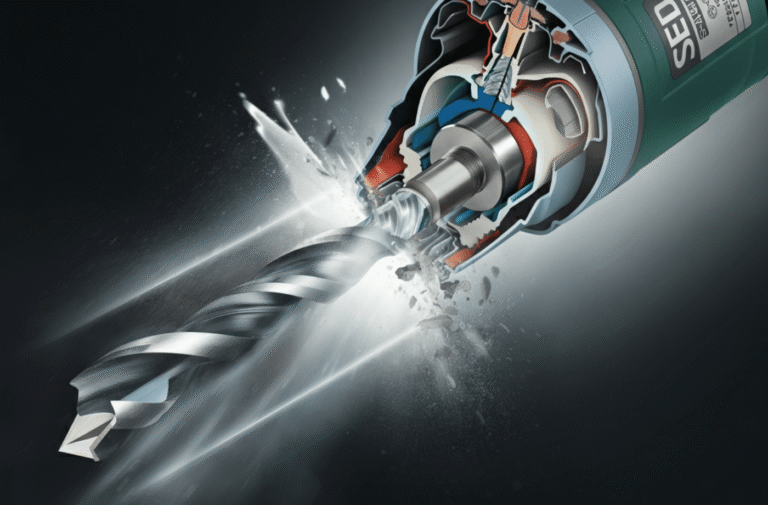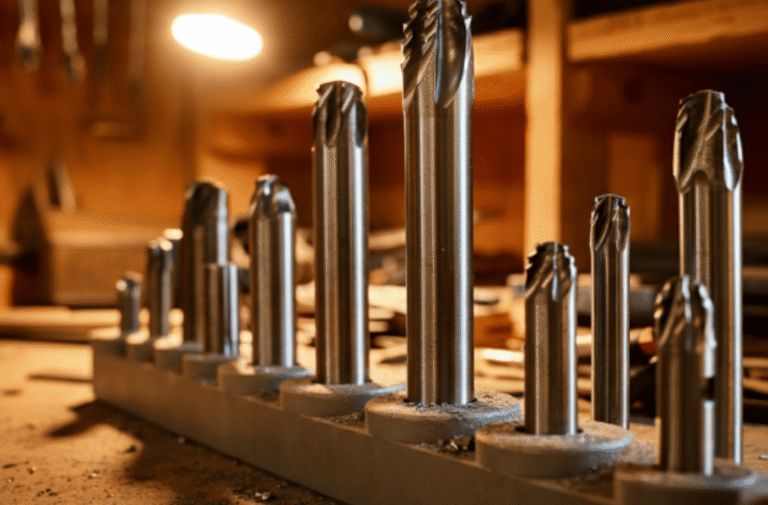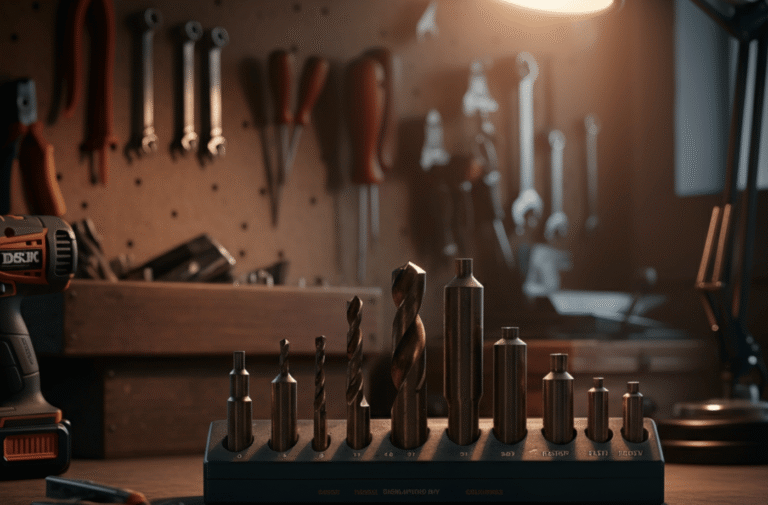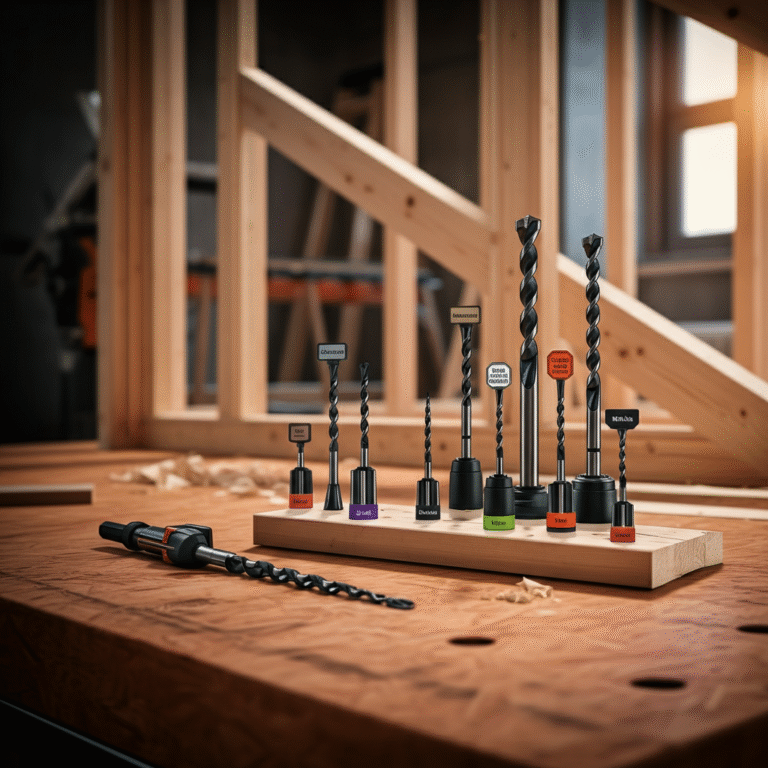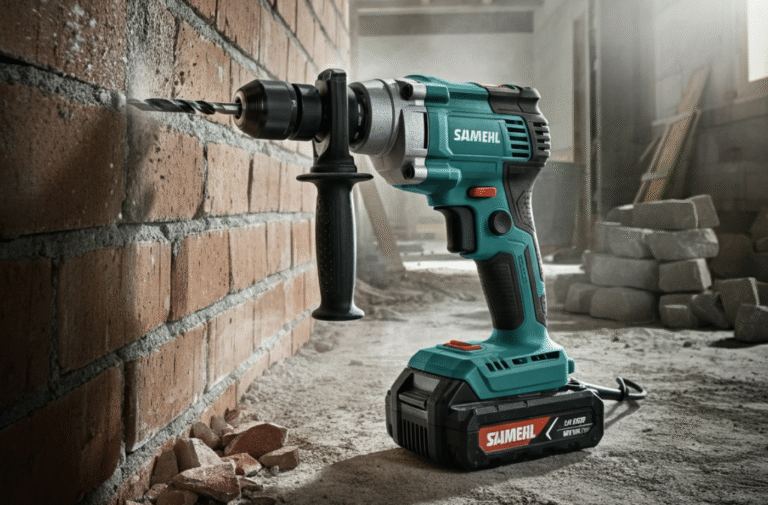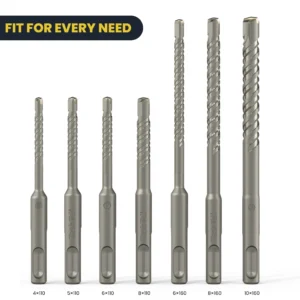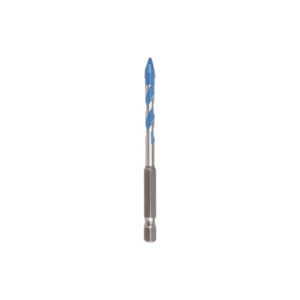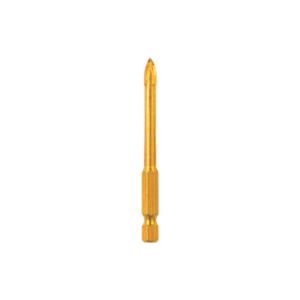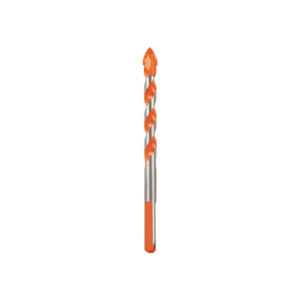If you’ve ever tackled a construction project or a heavy-duty home improvement task, you know the importance of having the right tools. Among the variety of drill bits available, SDS drill bits are a game changer for professionals and DIY enthusiasts handling tough materials like concrete and brick. But when exactly should you use SDS drill bits, and why are they so vital?
This blog will explain what SDS drill bits are, how they work, when to use them, and why they outperform traditional drill bits for specific jobs. Whether you’re drilling into solid masonry or upgrading your drill kit, this guide has you covered.
What Are SDS Drill Bits?
Let’s start with the basics. SDS stands for “Slotted Drive System” or “Special Direct System.” An SDS drill bit is specifically designed for use with rotary hammer drills or SDS-compatible hammer drills. These bits feature a unique shank design with slots that fit securely into an SDS chuck, allowing the bit to move back and forth while spinning.
This motion is what gives SDS drill bits their incredible efficiency in breaking through tough materials like:
- Concrete
- Brickwork
- Masonry
- Stone
Unlike standard drill bits, which rely solely on rotary motion, SDS bits combine rotation with hammering action, making it easier to tackle challenging jobs with less effort.
Key Features of SDS Drill Bits:
- Slotted Shank Design: Provides secure attachment to the drill and allows free hammering action.
- Quick-Change Mechanism: Easy to swap bits without extra tools.
- Durability: Made from tough materials like tungsten carbide, perfect for high-intensity tasks.
When to Use SDS Drill Bits
Knowing when to use SDS drill bits comes down to the nature of the material you’re working with and the kind of project you’re tackling. Here are some scenarios where SDS drill bits shine:
1. Drilling Through Concrete or Masonry
Traditional drill bits can struggle when tasked with penetrating hard materials like concrete or stone. SDS drill bits, however, are built for the challenge. Their ability to combine rotary and hammering actions lets them cut through these materials quickly and efficiently.
Example:
Installing a wall anchor for a heavy object, such as shelving in a concrete wall, is far easier with an SDS drill bit. A regular drill bit might overheat or wear out prematurely, but SDS bits are designed to handle the hardness of concrete.
2. Heavy-Duty Construction Projects
On professional construction sites, time and efficiency are critical. SDS drill bits are ideal for repetitive drilling tasks such as creating multiple holes in masonry or breaking up dense materials during demolition. The hammer action reduces strain on the drill operator and boosts productivity.
Example:
A contractor needs precision holes for anchoring steel reinforcements to masonry walls. Using SDS drill bits reduces both the time and effort required for such labor-intensive work.
3. Installing Fixtures in Hard Surfaces
If you’re mounting fixtures like fences, railings, or satellite dishes to brick or concrete, you’ll need a tool that smoothly penetrates the material without cracking it. SDS drill bits ensure clean holes, even in brittle materials.
Example:
While attaching an outdoor lamp to a stone wall, an SDS drill bit ensures the job is done neatly and without causing structural damage to the material.
4. Breaking Material With a Chisel Bit Attachment
SDS systems are also versatile for demolition work, especially when paired with chisel bits. Some SDS drills have a “hammer-only” mode, which allows you to chip away at plaster, tiles, and concrete without spinning the bit.
Example:
Removing old tiles from a kitchen backsplash or breaking up concrete flooring becomes much faster and less physically taxing using an SDS rotary hammer and chisel bit.
5. For Extended Drilling Sessions
If your work involves continuous drilling, traditional drills may overheat or lose efficiency. SDS drills and bits are designed for such heavy and prolonged conditions, ensuring better performance and less wear and tear.
Example:
Think of a project like drilling multiple anchor points for a retaining wall on rocky terrain. An SDS system excels here because it maintains consistent power and durability, even after hours of use.
Why SDS Drill Bits Matter
Now that we know when to use SDS drill bits, let’s talk about why they matter so much. These tools are indispensable for anyone working with hard surfaces due to their superior efficiency, durability, and ease of use.
1. Maximum Efficiency with Less Effort
The combination of rotary motion and hammering action creates a powerful drilling mechanism that reduces work time. Tasks that would tire out your average drill are completed faster with an SDS-equipped drill.
2. Reduced Wear and Tear
Standard drill bits often struggle with tougher materials, which can cause overheating, dulling, or even breaking. SDS drill bits are made from robust materials like tungsten carbide and designed to withstand the challenges of heavy materials, extending their lifespan.
3. Professional Precision
When working on projects requiring accuracy (e.g., custom mounting or pipe fitting), SDS bits deliver clean and uniform holes without cracking or damaging the surrounding material.
4. Versatility
SDS drills and bits aren’t limited to just one type of job. With different attachments, you can switch between functions like drilling, chiseling, or even light demolition work, making them a worthy investment for DIY enthusiasts and professionals alike.
5. Time-Saving Features
The quick-change capability means you can swap bits swiftly, cutting down on downtime during projects. No need for additional tools or complex setups, just an efficient solution for the job.
Choosing the Right SDS Drill Bit
There are three common types of SDS bits to suit varying requirements:
- SDS Plus: Suitable for most light-to-medium masonry drilling needs.
- SDS Max: Designed for professional-grade heavy-duty tasks like construction.
- SDS Top: A less common option, primarily used in specific older tool models.
When purchasing, be sure to match the bit type to your drill’s SDS compatibility. For extra durability, look for bits with carbide-tipped ends for added strength.
Tips for Using SDS Drill Bits Effectively
To get the most out of your SDS drill bits, keep these tips in mind:
- Choose the right drill mode: Use the hammer mode for hard materials like concrete; switch to rotary-only mode for softer materials.
- Use lubrication: While not always necessary, adding a light lubricant can help keep bits cool and prolong their life during extended use.
- Clean after use: Dust and debris from masonry can accumulate in the bit’s slots. Regularly clean your bits to maintain efficiency and durability.
Are SDS Drill Bits Right for You?
Whether you’re a weekend DIYer or a construction professional, SDS drill bits are a must-have for tasks involving tough materials like concrete and stone. Their superior efficiency, precision, and durability make them invaluable for anyone seeking reliable performance in heavy-duty projects.
If you’re ready to upgrade your toolkit or simply looking for the easiest way to tackle masonry work, investing in an SDS drill and bits is the way to go. Don’t just settle for a standard drill bit when you can achieve professional results effortlessly.

